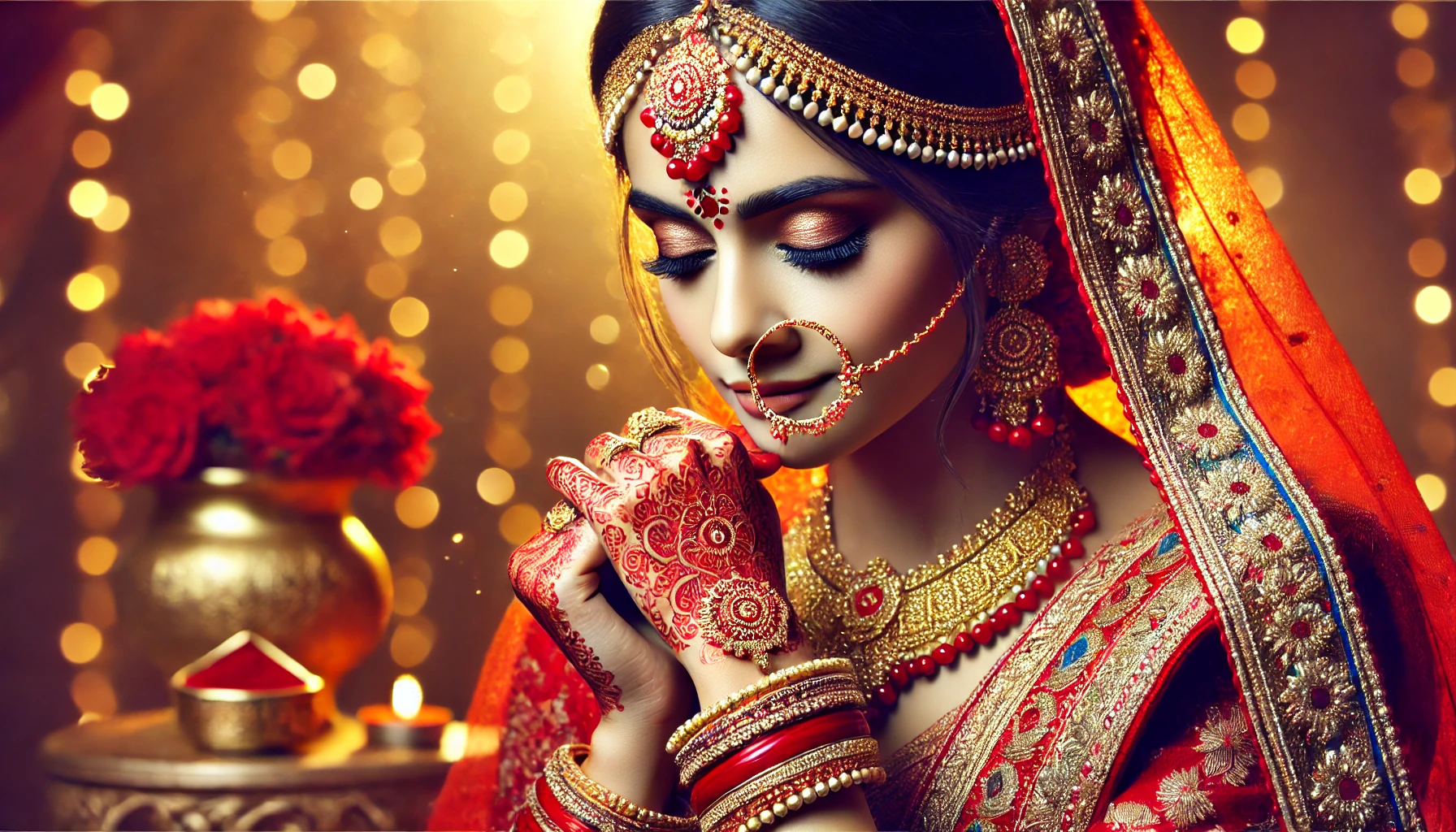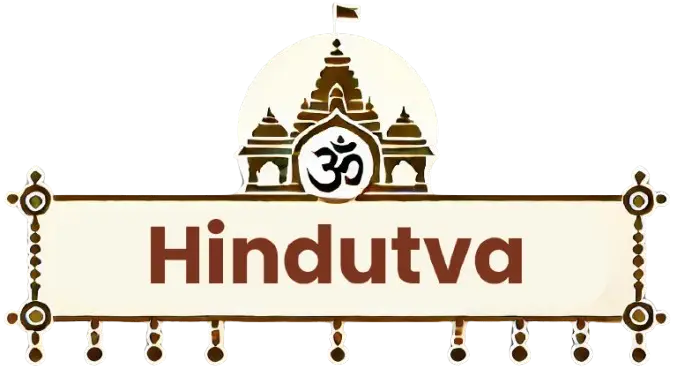Explore the profound significance of the Mangalsutra and Sindoor in Hindu wedding traditions. Discover their historical roots, spiritual symbolism, cultural variations, and modern adaptations, blending timeless heritage with contemporary relevance.
Imagine a bride, her hands adorned with intricate mehendi patterns, bowing her head as her partner ties the Mangalsutra around her neck. The vermillion Sindoor he applies to her parting glows with a deep red hue, symbolizing love, commitment, and spiritual union. These rituals, though ancient, resonate deeply with contemporary couples, uniting them in a shared heritage.

The Mangalsutra and Sindoor are not just ornaments or cosmetics; they are profound symbols of marital vows, cultural identity, and spiritual beliefs. This article delves into their significance, exploring their origins, spiritual essence, and evolving meanings in modern society.
Historical Origins of Mangalsutra and Sindoor
The Mangalsutra, a sacred thread adorned with black and gold beads, finds its roots in the Dravidian tradition, where it was initially known as “Thaali.” Historical texts, including the Vedas, mention this ornament as a sign of protection for the bride. The black beads are believed to ward off evil, while the gold represents purity and prosperity. For more insights, visit Hindu Wedding Traditions.
Sindoor, or vermillion powder, dates back to the Harappan civilization, where red was associated with power and fertility. Ancient Hindu texts like the Ramayana and Mahabharata reference queens wearing Sindoor, emphasizing its role in showcasing marital status and devotion. You can explore these historical connections further at Indian Culture Heritage.
Spiritual Significance of Mangalsutra and Sindoor
Mangalsutra: The Thread of Protection
The Mangalsutra is more than a piece of jewelry; it is a spiritual bond. Each element carries profound meanings:
- Black Beads: These symbolize protection, absorbing negative energies and safeguarding the marital bond.
- Gold Thread: It represents the sanctity and prosperity of the marriage.
- Two Gold Pendants: These pendants signify the unification of two souls.
When the groom ties the Mangalsutra, it signifies his promise to protect, love, and cherish his wife. The bride, in turn, wears it as a badge of honor, embracing her new identity as a married woman.
Sindoor: The Red Mark of Commitment
Sindoor, applied in the hair parting (maang), symbolizes the goddess Parvati, who represents marital bliss and devotion. The red color signifies energy, fertility, and the fiery passion of life. By wearing Sindoor, a woman invokes blessings for her husband’s longevity and well-being. Learn about its Ayurvedic significance at Ayurveda Journal.
Cultural Variations Across India
India’s diversity reflects in the variations of these customs:
- North India: Brides wear elaborate gold Mangalsutras and Sindoor as a daily practice.
- South India: The Mangalsutra is replaced by the Thaali, which often carries symbols like Shiva or Lakshmi.
- Maharashtra: The Mangalsutra has two vatis (gold cups), symbolizing the bride and groom.
- Bengal: Sindoor is applied as part of the “Sindoor Daan” ritual, a vibrant ceremony during the wedding.
These regional practices enrich the meaning and significance of Mangalsutra and Sindoor, showcasing India’s rich cultural tapestry. For an in-depth look, visit Hindutva Online.
Scientific and Psychological Insights of Mangalsutra and Sindoor
The Science Behind Mangalsutra
The Mangalsutra’s black beads are believed to have electromagnetic properties, which may balance the body’s energy. The gold, in contact with the skin, enhances positive energy flow and promotes mental peace.
The Psychological Impact of Sindoor
Applying Sindoor at the hair parting stimulates the Ajna Chakra, also known as the third eye. This point is associated with intuition and focus. The act of applying Sindoor daily becomes a meditative practice, reinforcing the emotional bond between spouses.
Modern Adaptations of Traditional Practices
While the essence of Mangalsutra and Sindoor remains unchanged, their forms have evolved:
- Minimalist Designs: Modern brides often prefer lightweight, stylish Mangalsutras that align with contemporary fashion.
- Sindoor Alternatives: Many women opt for subtle, non-toxic Sindoor or symbolic gestures, such as wearing red accessories.
- Equal Participation: In progressive weddings, grooms also adopt symbols of commitment, promoting equality in the marital bond.
Common Misconceptions and Clarifications
Despite their beauty, Mangalsutra and Sindoor have faced criticism for perpetuating patriarchal norms. However, their deeper significance transcends gender roles:
- Not Symbols of Ownership: These rituals symbolize mutual respect and spiritual connection, not subjugation.
- Choice and Expression: Modern women embrace these traditions by choice, blending heritage with individuality.
Practical Tips for Brides
- Personalize Your Mangalsutra: Choose a design that reflects your personality and lifestyle.
- Safe Sindoor Options: Opt for natural, chemical-free Sindoor to ensure skin safety.
- Celebrate the Ritual: Understand the spiritual essence behind these traditions to appreciate their timeless relevance.
The Mangalsutra and Sindoor are not mere symbols; they are living traditions that embody the spirit of love, faith, and cultural heritage. As they adapt to modern sensibilities, their significance remains rooted in the timeless values of devotion and togetherness.
By celebrating these customs, we honor the depth and richness of Hindu traditions, ensuring their legacy continues for generations.
Author:
Sunita Reddy – Mythologist & Storyteller

